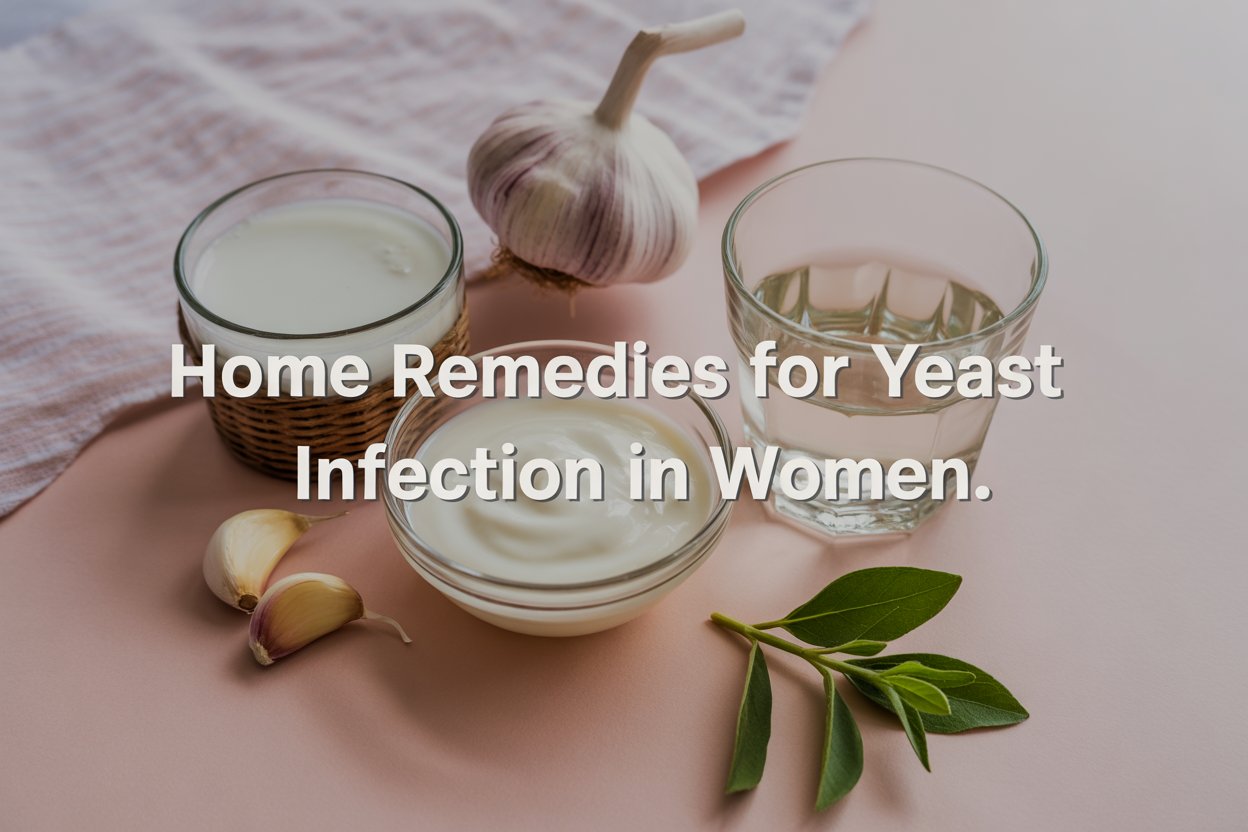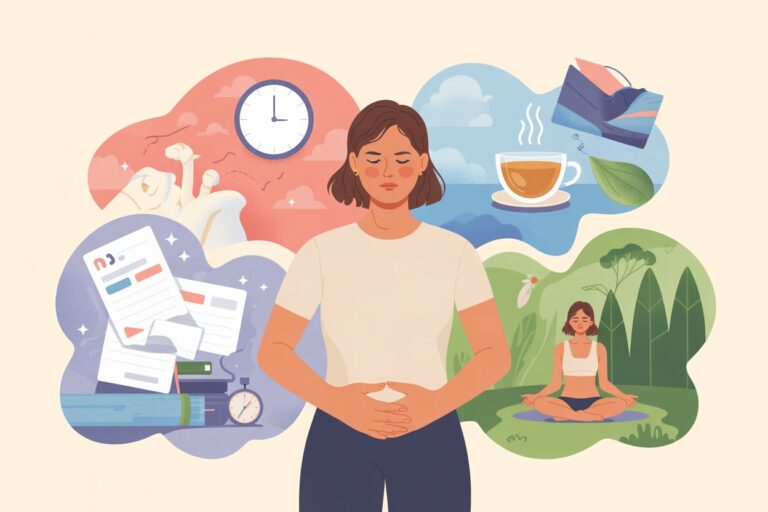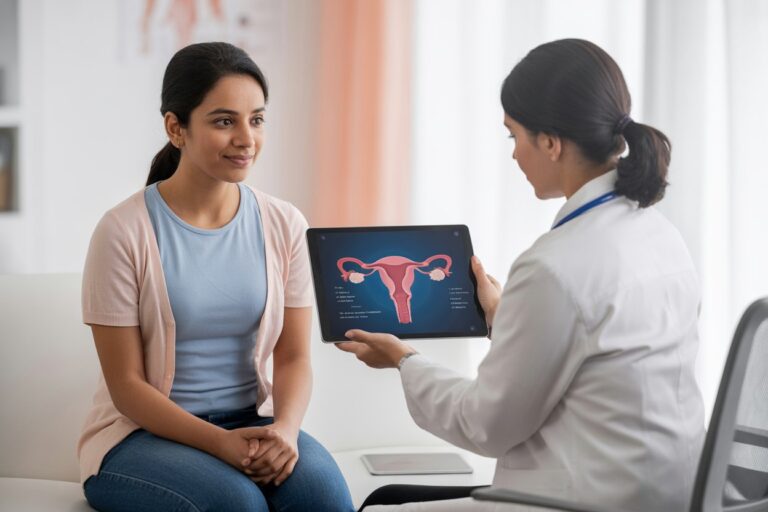Yeast infections are one of those uncomfortable health issues many women silently deal with but don’t always talk about. If you’ve ever experienced the itching, burning, or thick white discharge that comes with it, you know how frustrating it can be. The truth is, yeast infections are very common—nearly 75% of women will experience at least one in their lifetime.
While antifungal medications prescribed by doctors are effective and often necessary for severe cases, many women look for gentler, natural ways to soothe symptoms at home. That’s where home remedies for yeast infection in women come in. These remedies may not replace medical treatment in every case, but they can provide comfort, reduce irritation, and sometimes even prevent the infection from worsening.
Let’s break down what yeast infections are, why they happen, and how natural remedies may help.
What Exactly Is a Yeast Infection?
A yeast infection, also called vaginal candidiasis, is caused by an overgrowth of a fungus called Candida albicans. Normally, a healthy vagina has a balance of yeast and bacteria. The bacteria, particularly Lactobacillus, keep yeast growth under control. But when this balance is disrupted, Candida can multiply and lead to an infection.
Common signs include:
- Persistent itching and irritation around the vagina and vulva
- A thick, white, cottage-cheese-like discharge
- Burning sensation during urination or sex
- Redness, swelling, and soreness in the vaginal area
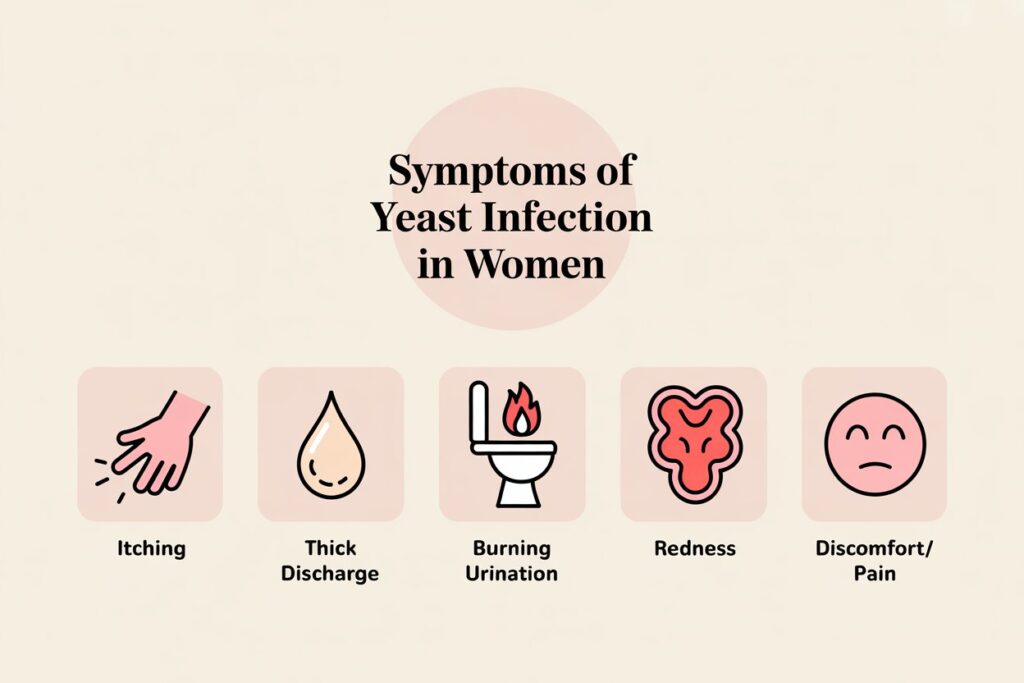
Though uncomfortable, yeast infections are not considered sexually transmitted diseases. They can happen to women at any age and stage of life, often triggered by factors like antibiotics, hormonal changes, or even diet.
Why Do Yeast Infections Happen?
There isn’t always one single cause, but several factors can make yeast infections more likely:
- Antibiotics: While they kill harmful bacteria, antibiotics also wipe out the “good” bacteria that normally control yeast levels.
- Hormones: Pregnancy, oral contraceptives, or menopause can cause hormonal shifts that encourage yeast growth.
- Weakened immunity: Stress, illness, or certain medications weaken the immune system, making it easier for infections to occur.
- Diabetes: High blood sugar levels feed yeast, making infections more frequent in women with uncontrolled diabetes.
- Lifestyle habits: Wearing tight, synthetic underwear, staying in sweaty workout clothes too long, or using heavily scented soaps and sprays can disturb the vaginal environment.
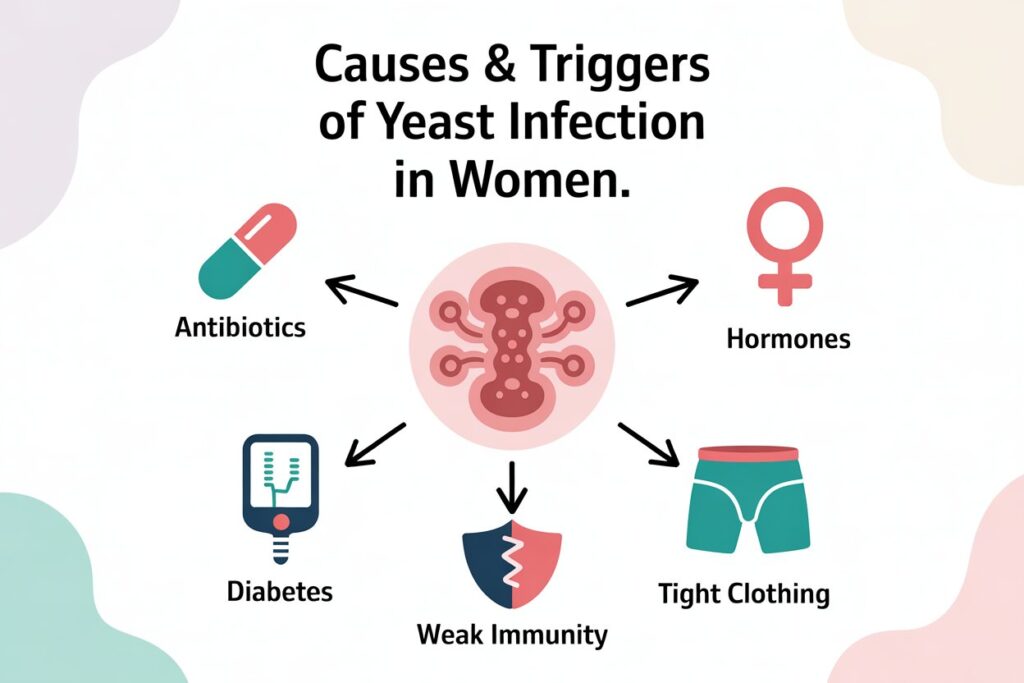
Understanding these triggers helps in choosing the right home remedies for yeast infection in women—because prevention and lifestyle adjustments go hand in hand with natural treatment.
7 Home Remedies for Yeast Infection in Women
Here are some of the most effective and time-tested remedies you can try at home. These aren’t quick “miracle cures,” but rather gentle, natural approaches that support your body’s healing process. Each remedy works in its own way—some help restore the natural balance of bacteria and yeast in the vagina, while others soothe irritation and provide comfort from itching or burning.
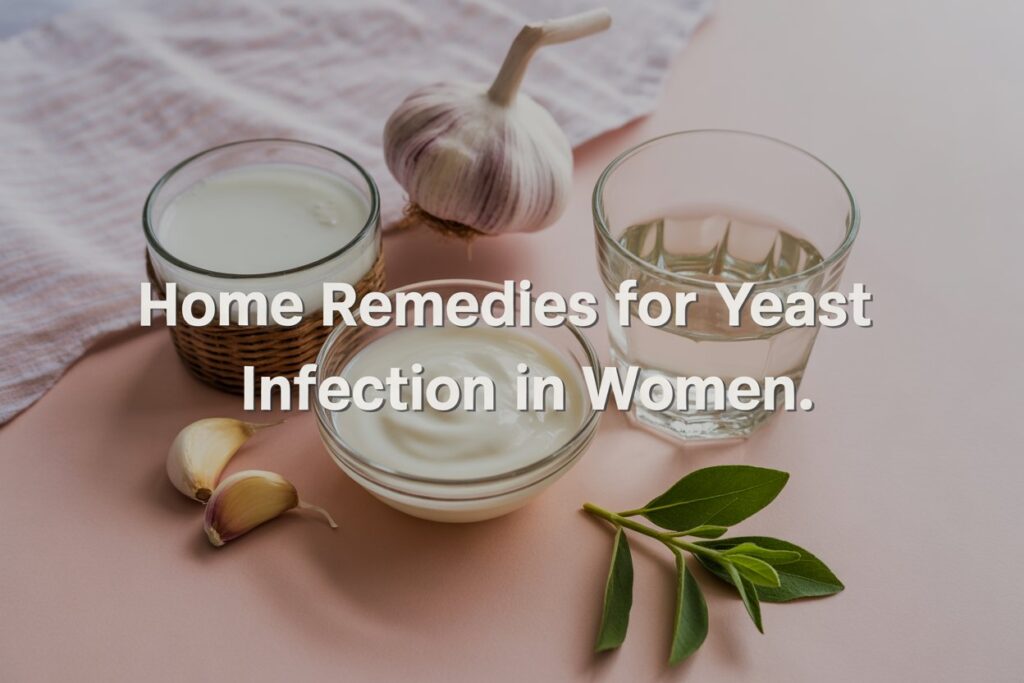
It’s important to remember that home remedies for yeast infection in women are most effective when the infection is mild or in its early stages. They can help reduce symptoms, slow down the growth of yeast, and even prevent recurrence when used consistently. However, if symptoms persist for more than a week, or if infections keep coming back, medical treatment may be necessary.
Think of these remedies as tools you can keep in your self-care kit—safe, accessible, and supportive. They don’t just address the infection itself, but also promote overall vaginal health, making your body less hospitable to yeast in the future. By pairing these remedies with good lifestyle habits, you create a holistic approach to healing and prevention.
1. Yogurt and Probiotics
Plain, unsweetened yogurt is one of the best-known natural remedies for yeast infections. It contains Lactobacillus acidophilus, the same beneficial bacteria that live in the vagina and keep yeast levels under control.
Eating a cup of yogurt daily can help restore healthy bacteria and balance the vaginal environment from within. Some women also apply yogurt externally around the vulva to calm itching and irritation. If you’re not a yogurt fan, probiotic capsules or drinks can also help.
The key is to avoid flavored yogurts, as sugar can actually worsen yeast growth. Stick to plain, unsweetened options.
2. Coconut Oil
Coconut oil isn’t just a cooking staple—it’s also a natural antifungal. Studies suggest it can help fight Candida albicans directly. Applying organic, cold-pressed coconut oil to the affected area can reduce redness and soothe irritation almost instantly.
You can also add coconut oil to your diet by mixing a spoonful into smoothies or using it in cooking. The internal and external benefits make it one of the most versatile home remedies for yeast infection in women.
3. Garlic
Garlic has been used for centuries as a natural remedy for infections thanks to its compound allicin, which has antifungal and antibacterial properties. Eating raw garlic may not sound pleasant, but crushing a clove and swallowing it with water can support your body in fighting yeast.
Garlic capsules are another option if raw garlic is too strong for you. What you should avoid is inserting garlic cloves directly into the vagina—a popular DIY method online—because it can cause burning and irritation. It’s best taken internally as food or supplement.
4. Apple Cider Vinegar (ACV)
Apple cider vinegar has a natural acidity that helps restore the vaginal pH balance. When the vaginal environment is slightly acidic, yeast struggles to thrive. Drinking a glass of warm water with 1–2 tablespoons of raw, unfiltered ACV daily may support your body in managing yeast.
Another popular method is adding a cup of ACV to a warm bath and soaking for 15–20 minutes. This can ease itching and discomfort externally. However, avoid douching with vinegar, as it may irritate delicate vaginal tissues.
5. Tea Tree Oil
Tea tree oil is a powerful antifungal essential oil often used to fight infections. Because it is very strong, it should never be applied directly without dilution. Mixing a few drops of tea tree oil with coconut oil and applying it externally may help reduce symptoms.
Some women use tea tree oil suppositories (available in health stores) for vaginal infections. However, if you’ve never used it before, do a patch test on your skin first to check for allergies. Tea tree oil is one of the stronger home remedies for yeast infection in women, so use it cautiously.
6. Boric Acid Suppositories
Boric acid might sound unusual, but it is one of the most effective remedies for recurrent yeast infections. In fact, doctors sometimes recommend boric acid vaginal suppositories for women whose infections don’t respond to standard antifungal medications.
These suppositories help restore vaginal balance and fight resistant yeast strains. However, boric acid should only be used vaginally (never swallowed) and preferably under a doctor’s supervision, as misuse can cause irritation.
7. Warm Sitz Bath with Baking Soda
Sometimes, the biggest relief comes from simply calming the irritation. A sitz bath—where you sit in shallow warm water—can be soothing on its own. Adding baking soda to the bathwater helps neutralize acidity and provides temporary relief from itching and burning.
This isn’t a cure, but it’s an excellent way to comfort your body while other remedies work. Pairing a sitz bath with probiotics or dietary changes makes it part of a bigger plan for recovery.
Lifestyle Tips That Support Healing
Even the best home remedies for yeast infection in women will only work if you also take care of your lifestyle and hygiene. Small changes can make a big difference:
- Choose breathable fabrics: Cotton underwear keeps the vaginal area dry, while synthetic fabrics trap heat and moisture.
- Avoid scented products: Soaps, bubble baths, and feminine sprays may smell nice but often irritate sensitive skin.
- Manage sugar intake: Yeast feeds on sugar, so reducing sweets, refined carbs, and sugary drinks can slow its growth.
- Change out of wet clothes quickly: Whether it’s swimwear or gym leggings, staying damp encourages yeast to thrive.
- Strengthen immunity: Eating a balanced diet, sleeping well, and managing stress helps your body fight infections naturally.
These simple steps, when paired with natural remedies, reduce the chance of yeast infections recurring.
When to See a Doctor
While home remedies are useful, they’re not always enough. You should consult a doctor if:
- It’s your first yeast infection and you’re unsure of the diagnosis.
- Symptoms are severe (extreme swelling, sores, or intense pain).
- Infections keep coming back—more than 3–4 times a year.
- You’re pregnant, diabetic, or have a weakened immune system.
A doctor can prescribe antifungal creams, tablets, or suppositories that work quickly. Using home remedies alongside medical treatment may ease discomfort and speed up recovery.
Final Thoughts
Yeast infections can be uncomfortable, but they’re nothing to be embarrassed about. With simple home remedies for yeast infection in women, such as yogurt, coconut oil, garlic, apple cider vinegar, and boric acid, you can find relief naturally. These remedies may not replace medical treatment in all cases, but they support healing, restore balance, and provide comfort during recovery.
Remember—your body knows best. If symptoms persist or worsen, medical guidance is the safest option. Until then, gentle, natural care can go a long way in helping you feel comfortable again.

